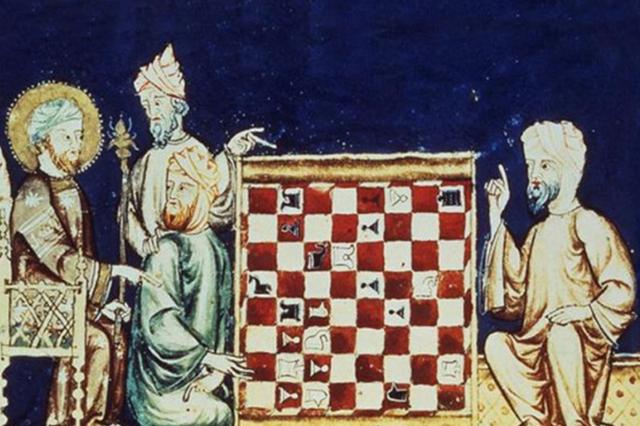Colonization was imposed on the indigenous population not only through the brute force of military conquest, but also through cultural assimilation. This assimilation was not homogeneous, and often the colonized produced a different result than what the colonizer expected.
According to the book "Critical Reflections on Physical Culture at the Gates of Empire" recently published by "African Sun Media", physical culture was one of the most important social projects of imperialism in the nineteenth century; The dominant ideological narrative of British imperialism was based on dividing the world into peoples it considered “healthy” and “adequate” represented by the ruling and middle class of the English-speaking world, and others it considered sick, unfit and decadent; Thus they are unable to govern themselves. According to the book, sport provided a moral justification for the transformation of human body culture in the nineteenth century.
In an article published by "The Conversation" (the conversation), writer François Cleova - a lecturer at the Department of Sports History at the University of Stellenbosch in South Africa - said that since the 1990s, sports studies have moved away from focusing on physical culture studies, and it has been a field of sports studies. The burgeoning physical culture—which centers around people shaping their bodies culturally—is somewhat biased.
These studies tend to focus on strengthening the body, healthy living and beauty, all from a Eurocentric perspective. This has resulted in ordinary people adopting - without any critical thought - the modern market standards towards the concept of good health that includes following diets, working out in expensive gyms, and buying sportswear of famous brands.
Sport: Society and Identity
According to the author, sport is also related to society and identity and is formed from culture, politics and resistance, and the articles - which he collected in the new book he edited - are considered an attempt to identify what has been excluded from the sports scene.
The book provides an understanding of the impact of colonial history on physical culture, past and present. In particular, links between physical culture and the perception of ethnic and cultural identities as "different" appear, and the author hopes that the author will contribute to raising awareness of the value of sports beyond Olympic championships and medals.
The politics of the body
The contributors to the book look at sport and the human body in a social context, and explore how sport contributes to systems of power.

Historically, the term physical culture has been associated with the manifestation of strength, health and physical fitness. It includes sports such as rugby, cricket, netball, hockey, organized mountaineering, and others. These sports spread from Europe to Africa and other regions in the late nineteenth and early twentieth centuries.
The writer emphasized that this spread formed part of the European colonization process. The book's introductory chapter was titled "An exercise in imitation...in which colonized peoples adopt the cultural habits of the colonized." The book examines this matter by revealing the history of physical culture scientists who suffered from exploitation and oppression.
For example, the chapter on mountaineering in South Africa, written by Farida Khan, shows how sport, environment and politics intertwine.
The chapter deals with the response of mountain clubs in Cape Town to the changing political landscape between 1970 and 1994 (the apartheid era).
The South African Model
Farida Khan highlights the political reasons for the status enjoyed by the Mountain Club of South Africa as the premier mountaineering club in South Africa, as well as the political obstacles facing clubs that have served disadvantaged communities.
Another chapter sheds light on weightlifting and bodybuilding and talks about colonial peoples “imitating” imported practices, which had an opposite effect than the colonizers intended, and explains how South African bodybuilder David Isaacs used this sport to counter racist practices.
The common denominator throughout the book is the persistence of unequal practices in society, despite the emergence of some sports.
Poverty, gang violence, crime and broken families are problems that many African athletes face on a daily basis. Decades after the official end of apartheid, a community organization like Fit2Run is still struggling to address its financial and cultural problems.
The author pointed out that in his chapter on South African weightlifter Rhone Eiland (1923-2003) he tried to overlook the official African colonial archives.
It should be noted that a treasure trove of information has been found in Eiland's private collection of letters, diaries, sports manuals, newspaper clippings, memorabilia (including Olympic apparel) and photographs.
In these private archives, an African weightlifter talks about his enduring contributions to poor communities, his passion for sport and his commitment to furthering his education, which makes him a role model for young people.
For his part, Paul Hendrix used data from private collections to highlight the South African Teachers Association and the non-racial school sports movement in the Western Cape. And by showing the relationship between radical politics and school sports, he debunked the myth that "sports unites everyone," according to the author.
In this book, the authors have attempted to highlight a wide range of voices from around the world with the aim of liberating global history from Eurocentric models and how sport and physical culture have been shaped over time by different social and political forces.
